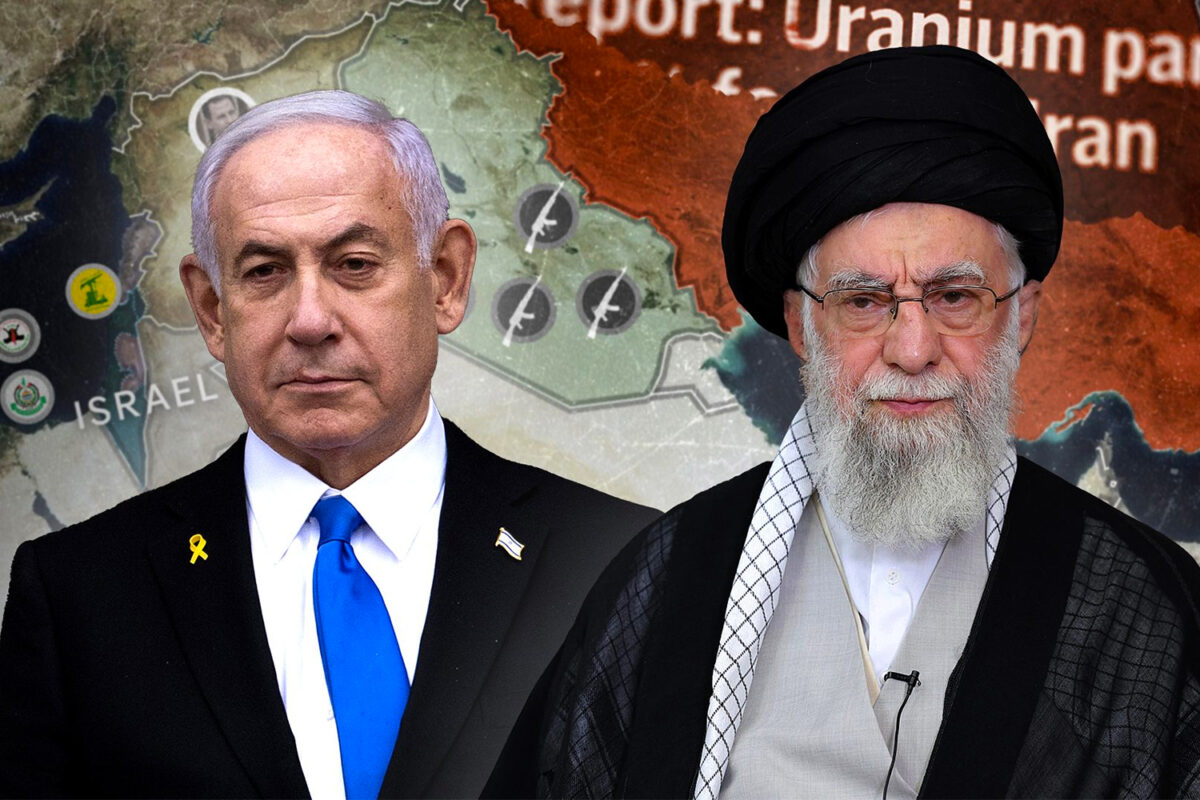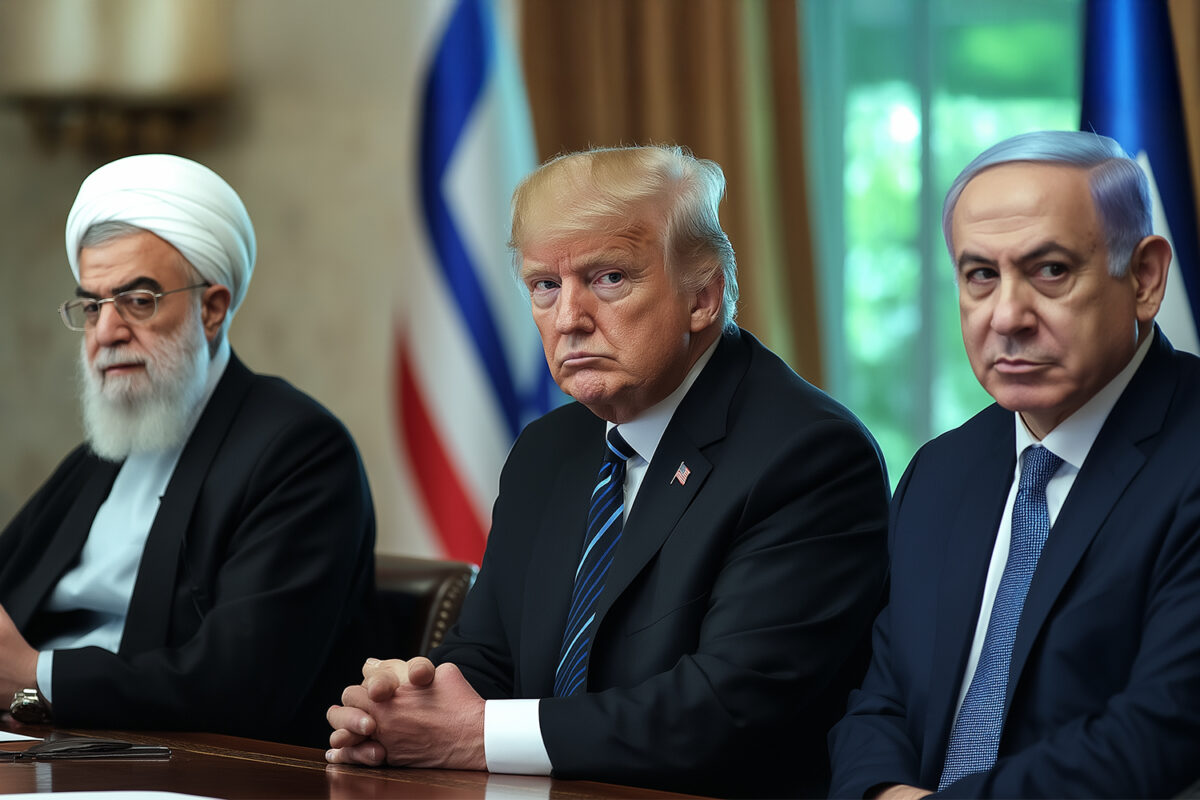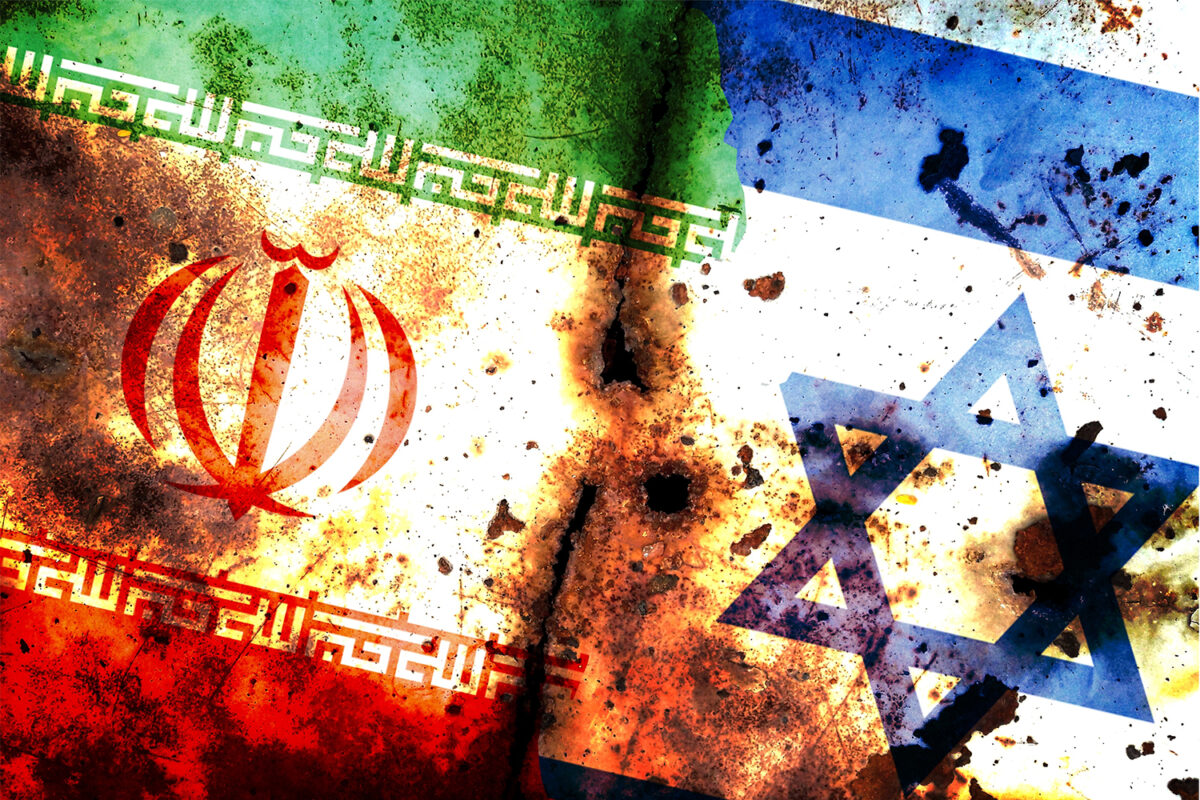Wave after wave of airstrikes continue unabated upon Eastern Aleppo. Since the apparent cease-fire between the US and Russia collapsed, the Bashar al-Assad regime dramatically increased the use of indiscriminate bombing, with Russian airstrikes and thousands of Iranian militia slaughtering the inhabitants of Aleppo. The Syrian regime has once again made use of the medieval tactic of siege warfare where an area is sealed off, besieged and all food and supplies are cut in order for the population to starve or surrender. The inhabitants of Aleppo broke through the last siege in August, but over the past week Aleppo has endured the worst ground and aerial onslaught in the five years of Syria’s uprising with thousands remaining trapped in Aleppo, with more than 200 people killed and many buildings flattened.
Sieges were widely used for centuries as a military tool — from Jerusalem to Stalingrad and Sarajevo. Laying siege to enemy-controlled cities allows attacking armies to keep their own casualties low by avoiding urban combat. The goal is to force trapped fighters to surrender. Assad’s government began besieging opposition-held areas more than three years ago because it did not have the manpower to take and hold territory. Homs, Hama and many other areas experienced sieges, which eventually ended in ceasefires, negotiations or the inhabitants moving to other parts of the country. But this tactic greatly aided the regime as it meant it could focus on other areas of the country that it was struggling to hold onto. The advantage for those conducting a siege is the moment they have encircled their target they can bring to bear a ferocious onslaught that can last for a long time. With those under siege looking to survive, the only variable for the likes of al-Assad and others who conducts siege warfare is how long they can keep supplying their troops.
From the perspective of the defenders who are under siege, they are forced to hold out against the assault and potentially need to survive a prolonged siege where food, water, medicine and morale will be limited and severely tested. The current onslaught in Syria is a result of the failure to impose a siege in August. The rebel groups, through their ability to be more mobile, were able to punch through being encircled and effectively lifted the siege by recapturing the neighbourhood of Ramouseh, south of Aleppo thus delivering a blow to the Assad regime. Whilst siege warfare is most useful against fixed targets such as forts, as was the case in medieval history, what is taking place in Aleppo is urban warfare which suits unconventional tactics and smaller forces who are more mobile. Despite the use of militia forces by the Assad regime, they are being used in a conventional way in order to impose an effective siege and completely seal off East Aleppo. This has worked in the favour of the rebel groups and the inhabitants of East Aleppo as they have targeted the weaker fronts in Assad’s militias to punch through and break any encirclement. This requires far fewer resources than it does to amass a large force to implement an encirclement.
Russian airstrikes have sent tens of thousands of civilians fleeing targeted areas, which has aided al-Assad’s forces to encircle those who remain, along with rebel fighters. Siege warfare does not just include sealing of a town and cutting its supplies and waiting for a messenger to bring a message with surrender terms. Like in the past, a wide spectrum of aerial weapons are used to make life for those under a siege a living hell. With the development of aerial warfare over the last century many projectiles can be utilized to break the back of the people. “Bunker-busting bombs, more suited to destroying military installations, are now destroying homes, decimating bomb shelters, crippling, maiming, killing dozens, if not hundreds,” Matthew Rycroft, Britain’s ambassador to the United Nations, told the Council session at an emergency meeting of the UN Security Council on Sunday 25.[1]
Throughout history ceasefires and temporary truce were common during sieges. This allowed those executing the siege to resupply and move around weapons systems, whilst the lull in the siege usually caused divisions between those under siege between those who called for a surrender and those who believed they could survive the siege. In the case of Syria, the US-Russia ceasefire was agreed without any of the inhabitants or representatives of Aleppo present. It was imposed with Russia increasing its air assaults and with al-Assad’s militia forces closing in on East Aleppo. The suffocating siege from all accounts should have been accepted by those holed in Aleppo. But the complete opposite took place. Demonstrations, marches and the rejection of the truce all took place under the siege, the blockade which caused the prevention of food and aid still drove many to take to the streets of Aleppo and reject the US-Russia truce. Even the rebel groups overwhelmingly rejected the truce and many who received weapons from regional and international powers were forced to submit to the public opinion of the inhabitants of Aleppo.
Whilst Siege warfare is a tactical military action, it nevertheless is to achieve political aims. War is politics through other means and in the case of Aleppo the battle for the commercial and economic heartland of Syria will in all likelihood determine the future of the Syrian uprising. Bashar is attempting to salvage what remains of his regime by dealing a fatal blow by any means necessary against the people of Aleppo. The rejection of this truce by the inhabitants of Aleppo under siege shows that they view the US, Russia and the Assad regime diametrically opposed to them.
[1] http://www.nytimes.com/2016/09/27/world/middleeast/aleppo-syria.html




